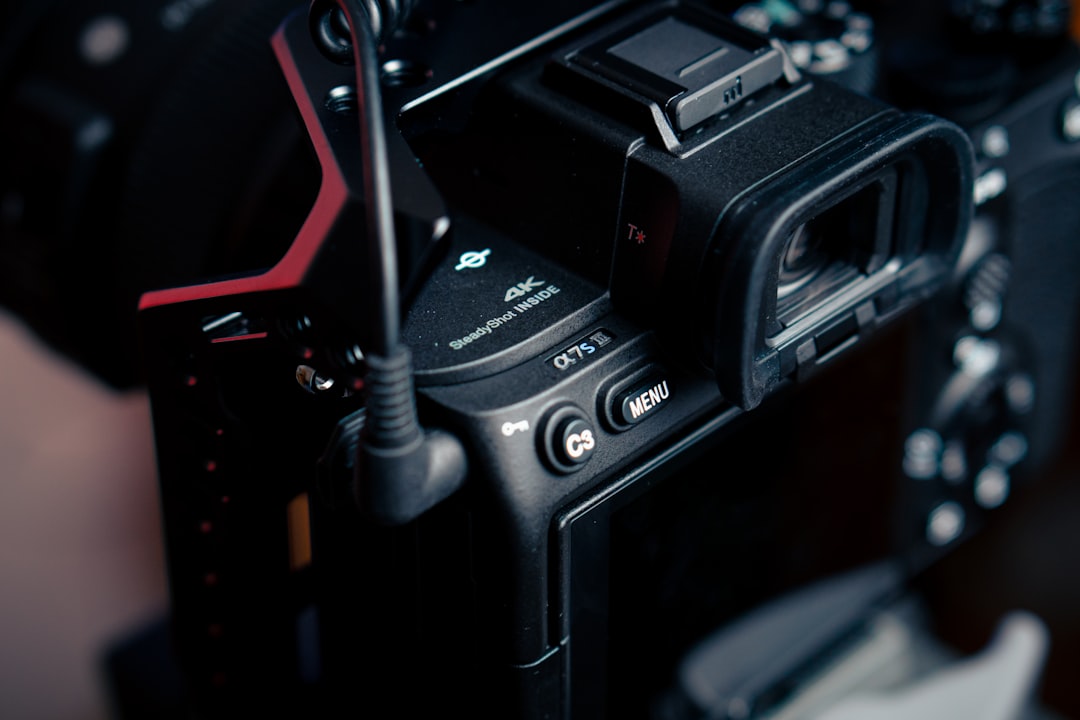If you're contemplating between a DSLR camera and a mirrorless camera, it's essential to understand the key differences to make an informed decision. Here's a brief overview of the distinctions between these two popular camera types:
Design: DSLR cameras feature a traditional design with a mirror that reflects light from the lens to the optical viewfinder. Mirrorless cameras, on the other hand, lack the mirror mechanism, resulting in a more compact and lightweight body.
Size and Portability: Mirrorless cameras are generally smaller and lighter than DSLRs due to their design without a mirror box. This makes them more portable and convenient for carrying around, especially during travel or for street photography.
Viewfinder: DSLRs utilize an optical viewfinder, which offers a direct, real-time view through the lens. Mirrorless cameras use either an electronic viewfinder (EVF) or a rear LCD screen for composing images. EVFs provide a digital representation of the scene, offering additional exposure and creative feedback.
Autofocus Performance: Mirrorless cameras often excel in autofocus performance due to advanced on-sensor autofocus systems. They typically have a larger number of autofocus points, better subject tracking, and the ability to focus accurately in low-light conditions. However, recent DSLR models have also improved autofocus capabilities.
Continuous Shooting Speed: Mirrorless cameras tend to have faster continuous shooting speeds, thanks to electronic shutters and their ability to provide a live feed during high-speed bursts. DSLRs traditionally relied on mechanical shutters, which limited their burst rates.
Check out the informative video from Sony that I have embedded here with this article. It is no secret that I am a Sony fanboy!
